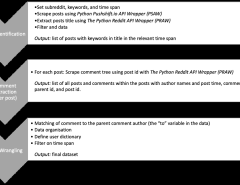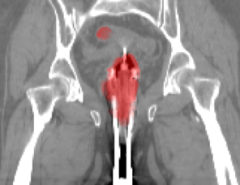Authors: Denise Moussa, Germans Hirsch, Christian Riess
Published on: May 06, 2024
Impact Score: 7.4
Arxiv code: Arxiv:2207.14682
Summary
- What is new: The research introduces a novel approach to audio splicing detection using a Transformer sequence-to-sequence network, surpassing previous methods and general-purpose networks in effectiveness.
- Why this is important: Detecting audio splicing, especially with the rise of convincing forgeries from freely available editing tools, is critical for combating misinformation and verifying legal evidence integrity.
- What the research proposes: A Transformer sequence-to-sequence network is proposed for detecting and localizing audio splices, even in challenging scenarios with disguised splicing through post-processing.
- Results: The proposed method significantly outperforms existing specific splicing detection approaches and general-purpose networks like EfficientNet and RegNet in accuracy.
Technical Details
Technological frameworks used: Transformer sequence-to-sequence (seq2seq) network
Models used: EfficientNet, RegNet
Data used: Simulated attack scenarios with varied post-processing operations
Potential Impact
Legal services, public sector agencies involved in misinformation detection, and companies developing or relying on audio verification technologies could be impacted or benefit from these findings.
Want to implement this idea in a business?
We have generated a startup concept here: AuthentiSound.




Leave a Reply